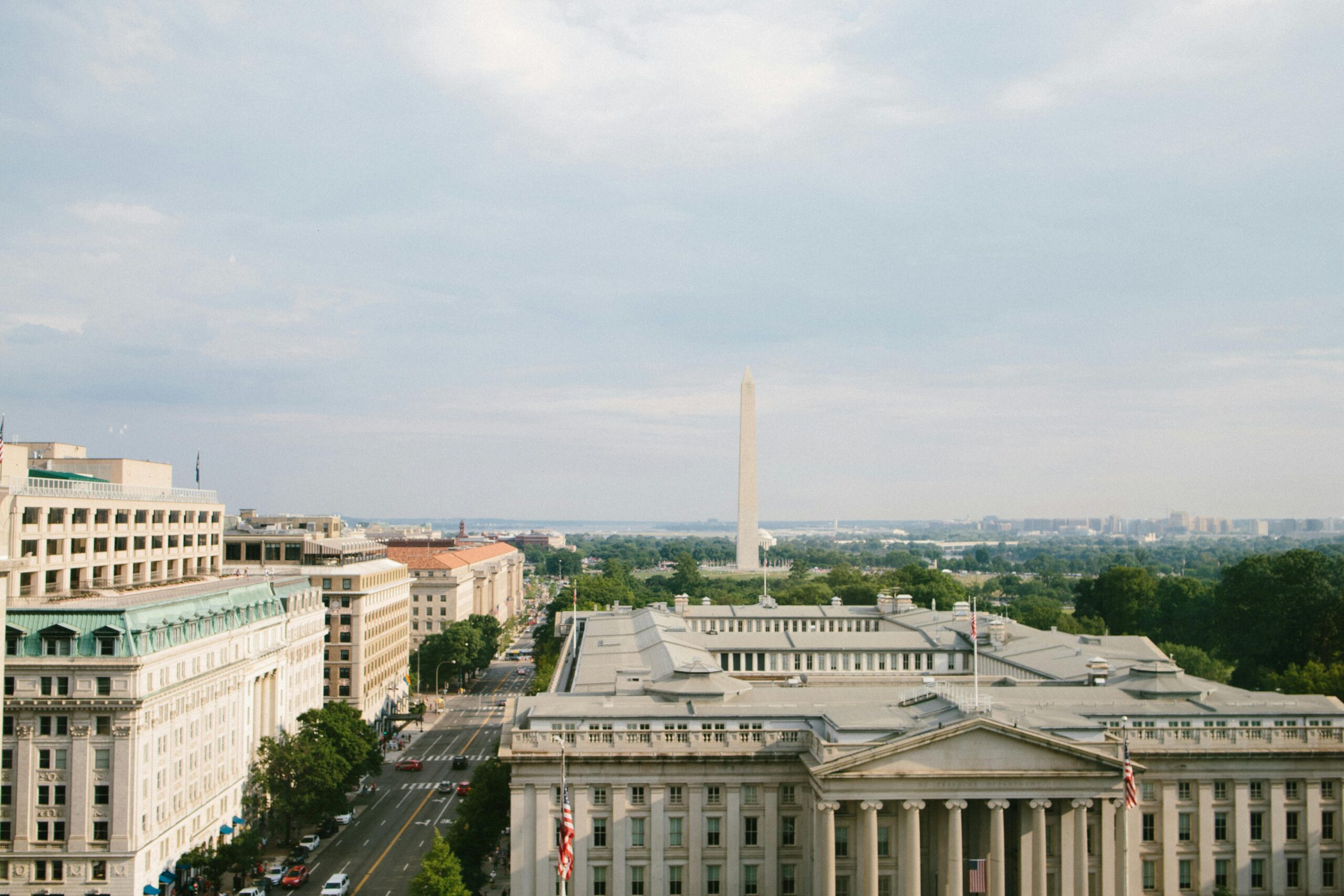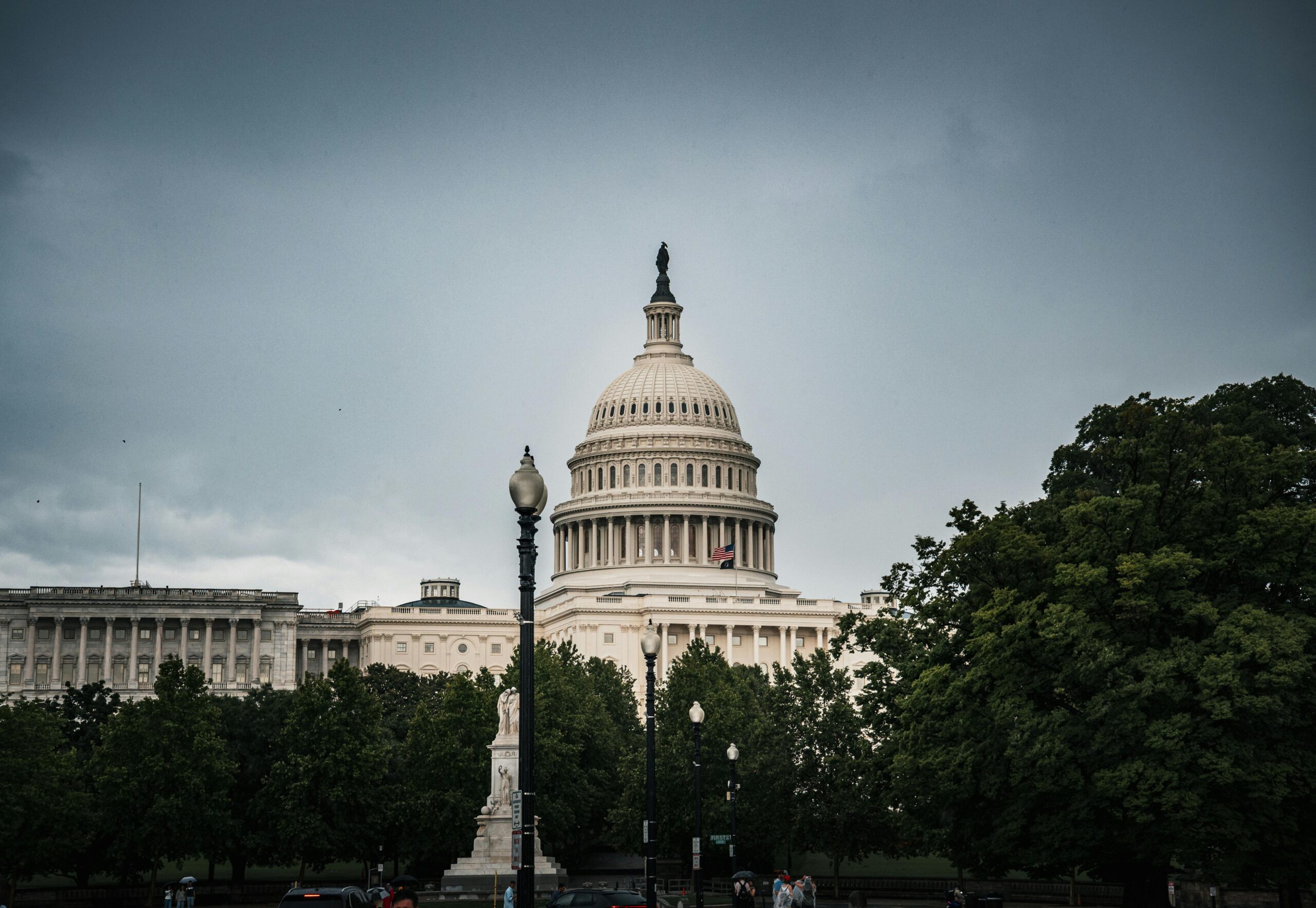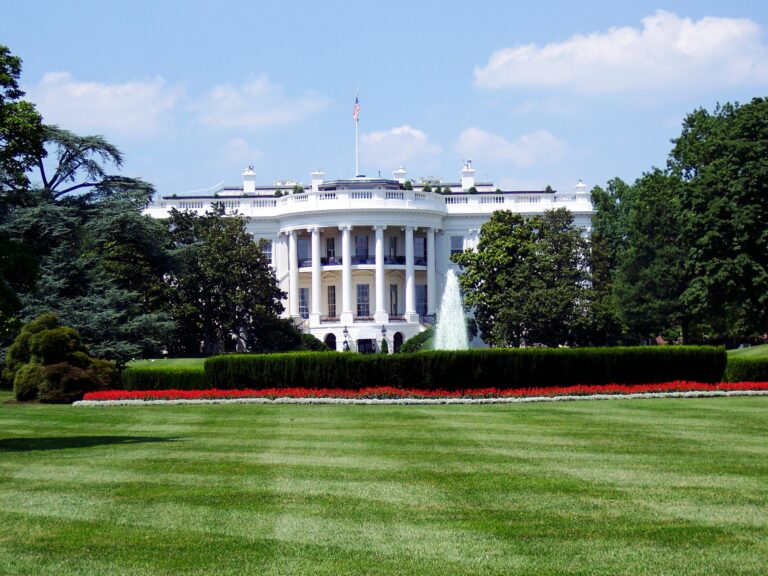
As the government shutdown enters its fourth week, the Washington D.C. metropolitan area finds itself at the epicenter of a real estate market caught between conflicting forces. While headline numbers suggest surprising resilience, a deeper examination reveals mounting pressures that could reshape the region’s housing landscape for years to come.
The Numbers Tell Two Different Stories
At first glance, the D.C. area’s housing market appears remarkably robust despite the political turmoil. Closed sales in September were up 12.4% compared to the previous year, with median prices climbing 13.3%. Year-to-date figures show a modest but positive 2% increase in property values, defying widespread predictions of a market collapse.
However, these encouraging statistics mask underlying volatility. New listings in August and September 2025 remained relatively flat compared to 2024, with only about 100 more properties hitting the market. More concerning is the shift in market psychology. Despite lower interest rates and a relatively strong economy, agents and sellers report that listings aren’t moving regardless of price reductions, creating a disconnect between data and sentiment that has left industry professionals struggling to explain the market’s behavior.
A Region Uniquely Vulnerable
Few metropolitan areas in the United States are as tightly bound to federal government operations as Washington, D.C., and its surrounding suburbs in Maryland and Virginia. This dependence, historically a source of economic stability, has become a liability during extended periods of government dysfunction.
Roughly two-thirds of the 150,000-plus federal workers who accepted buyout packages earlier in 2025 stopped getting paid last week, with the remainder scheduled to be off the payroll by year’s end. This represents a massive reduction in purchasing power within a region where federal employment has long served as the economic backbone.
The psychological impact extends beyond those directly affected. Survey data shows that about 17% of Americans are postponing major purchases like homes due to the shutdown, while 7% are canceling such plans entirely. Many of these individuals aren’t federal employees but view the shutdown as another indicator of broader economic uncertainty.
Federal Buyers Pulling Back
Real estate professionals report tangible changes in buyer behavior as the shutdown drags on. Federal workers who had been actively searching for homes have put their plans on hold or decided to rent instead of purchase, citing concerns about job security and long-term employment stability. The confidence required to make a major financial commitment has evaporated for many potential buyers who once viewed government employment as a guarantee of security.
The impact varies by location within the metropolitan area. Northern Virginia, Montgomery County, and other traditionally white-collar, prosperous areas with high concentrations of federal workers are experiencing some of the highest unemployment increases in regions where joblessness is typically minimal. This represents a fundamental shift in the economic profile of neighborhoods that have historically been insulated from employment volatility.
Loan Processing Grinds to a Halt
Beyond the direct effect on federal employee confidence, the shutdown has created operational bottlenecks that affect all buyers seeking government-backed financing. Government loan programs are being postponed because insufficient staff remain at federal agencies to process applications, creating delays that extend closing timelines and introduce uncertainty into transactions.
FHA, VA, and USDA loans, which comprise roughly one in four home purchases nationwide, face particular challenges. While these programs haven’t shut down entirely, skeleton staffing means processing times have extended dramatically. Real estate agents and mortgage lenders have begun incorporating “shutdown contingencies” into contracts, allowing additional time when federal service lapses delay transactions.
The Inventory Paradox
Active listings in the Washington metro area surged nearly 55% in August from the previous year, representing the biggest increase among the nation’s 50 largest metropolitan areas. This dramatic rise in available properties might suggest a buyer’s market, yet homes are sitting longer as cautious purchasers hesitate amid political uncertainty, tariff concerns, and mortgage rates hovering above 6%.
Part of the market’s resilience stems from an unusual characteristic of regional homeowners’ balance sheets. More than 60% of mortgaged households in the region have locked in rates below 4%, compared with just over half nationwide. With refinancing economically unfeasible, many homeowners are choosing to remain in place rather than sell into a high-rate environment, keeping inventory constraints in place despite the recent surge.
Commercial Real Estate Bears the Heaviest Burden
While residential real estate faces headwinds, the commercial sector confronts even more severe challenges. Federal agencies have been reducing headcount and scaling back leased square footage through early retirements, dismissals, hiring freezes, and reorganizations, leading to higher vacancy rates in downtown Washington and suburban corridors, including Arlington, Alexandria, and Prince George’s County.
Federal lease payments and construction projects face indefinite delays if the shutdown continues. Properties managed by the General Services Administration cannot be sold, and federal contracts for new leases and property maintenance agreements must wait for resolution. REITs heavily dependent on government rent payments, such as Easterly Government Properties and JBG Smith, face potential revenue disruptions if the impasse extends.
The hospitality and restaurant sectors report immediate impacts as well. Survey data shows 71% of district-area restaurants reporting sales drops, with 74% seeing fewer diners compared to the previous year. Museum closures and reduced business travel compound these challenges, creating a ripple effect throughout the service economy that depends on federal worker spending and tourism.
Historical Patterns Offer Limited Guidance
Data analysis of previous shutdowns reveals a consistent pattern: property values typically dip during the weeks surrounding a shutdown before rebounding after government operations resume. However, this shutdown differs in critical ways from past funding lapses.
The scale of permanent job cuts, combined with the extended timeline and ongoing political uncertainty, creates conditions unlike previous temporary furloughs. Earlier shutdowns affected workers who expected to return to their jobs once Congress reached a budget agreement. Today’s federal employees face a fundamentally different calculation, weighing whether their positions will exist at all in the coming months.
Long-Term Structural Concerns
Beyond immediate transaction disruptions, housing experts warn of deeper structural damage to the regional economy. If federal employment continues declining, the area could experience more listings, slower demand, and slow price growth or even price declines. The region’s historic advantage, an extraordinary concentration of educated, high-earning professionals, could dissipate through brain drain as talented workers relocate to markets with more stable employment prospects.
Business confidence has already declined, along with venture capital interest in the region. This makes economic diversification more difficult precisely when local leaders are calling for it as a safeguard against further federal cuts. A tight white-collar job market threatens to become even more constrained, creating a self-reinforcing cycle of economic contraction.
Market Segments React Differently
The shutdown’s impact varies significantly across property types and price points. Luxury properties dependent on affluent federal contractors and senior executives face particular challenges, as do condominiums in areas popular with young professionals entering government service. The condo market, already slow in D.C., suffers additional strain from financing structures that don’t work well with extended timelines and reduced buyer confidence.
Conversely, certain segments may see opportunities. Properties priced for first-time buyers or those willing to navigate longer closing periods with shutdown contingencies might find motivated sellers willing to negotiate. Buyers with conventional financing and secure private-sector employment can potentially leverage reduced competition from sidelined federal workers.

The Path Forward Remains Uncertain
As the shutdown continues with no clear resolution in sight, the D.C. area real estate market faces a period of sustained uncertainty unlike anything experienced in recent memory. While the fundamentals, limited housing stock, a highly educated population, and proximity to the nation’s capital, remain intact, the operational reality has shifted dramatically.
Real estate professionals emphasize that the region remains open for business, and many transactions continue to close despite delays and complications. Yet the psychological damage may prove more difficult to repair than temporary processing backlogs. Confidence, once shaken, requires time and stability to rebuild, commodities currently in short supply.
The ultimate impact will depend on factors beyond the real estate industry’s control: how long the shutdown lasts, whether laid-off workers are eventually rehired, and whether political leadership can restore confidence in the federal government’s basic functioning. For now, the D.C. area market exists in a state of tense resilience, supported by past momentum but increasingly vulnerable to extended disruption.
For buyers and sellers navigating this environment, patience and flexibility have become essential. Those with stable employment and financing may find opportunities others cannot pursue. But for the thousands of federal workers whose livelihoods remain uncertain, homeownership decisions must wait for a clarity that seems increasingly distant with each passing week of government dysfunction.




